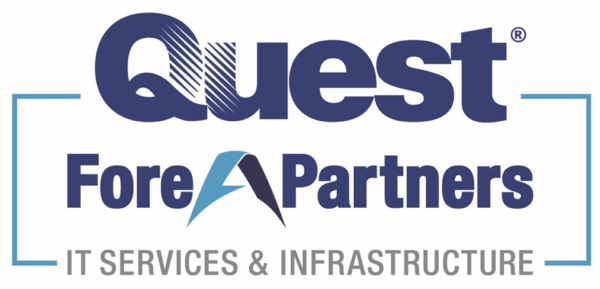ForeA Partners, A Quest Technology Company
is now Quest Technology Management
Please visit us at: Questsys.com.
|
Map your cloud requirements and check your readiness for cloud migration with our free worksheet.
|

Please visit us at: Questsys.com.

Hotline: 800-443-5605 Email:
We will immediately contact you, assess your situation, and deploy our Incident Response Team.